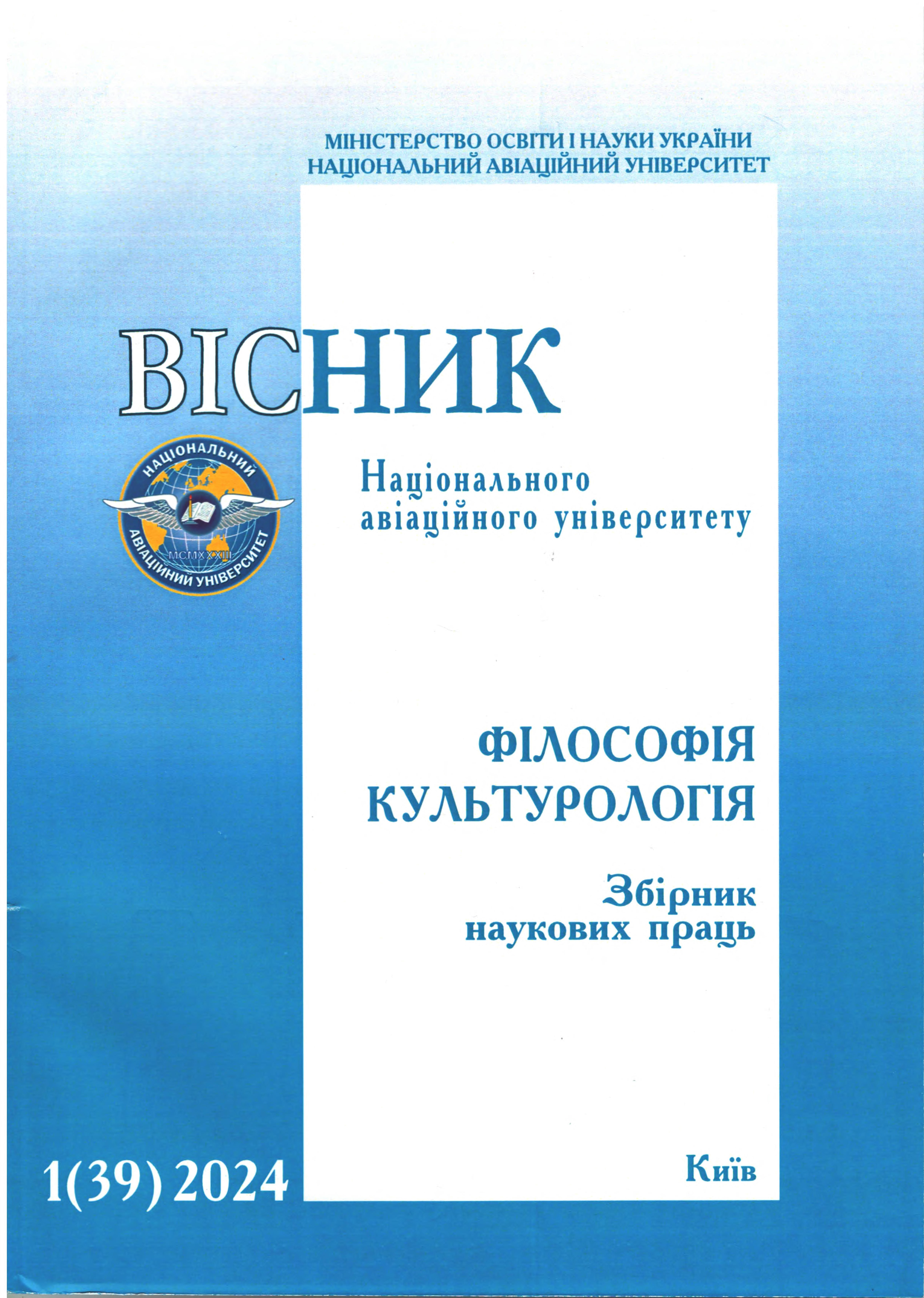FEATURES OF CULTURAL DIVERSITY DEVELOPMENT IN EUROPEAN COUNTRIES
DOI:
https://doi.org/10.18372/2412-2157.39.18471Keywords:
interculturalism, cultural diversity, cultural integration, cultural pluralism, intercultural communication, intercultural tolerance, multicultural societyAbstract
Introduction. The evolving cultural diversity in Europe profoundly impacts state socio-cultural dynamics, raising questions about the integrity of national identities amid significant migration flows. This scenario transforms monocultural contexts into diverse cultural mosaics. The aim is to consider the specific features of the further development of the multicultural situation in European states. Research methods. The study bases on general scientific methods of analysis and synthesis, examining cultural diversity in European states. The principle of historicism allows exploring cultural diversity and integration within their historical and transformational European context. The socio-cultural approach highlights intercultural communication conflicts in Europe's ethnically diverse environments. Research results. In general, cultural diversity as a modern phenomenon is inherent in many societies, where along with rooted cultural values, there are other cultures carried by migrants. In these circumstances, cultural integration becomes essential. It leads to the formation of a multicultural society. In this society, individuals from different cultures can maintain their own identity. Simultaneously, they will respect the traditions of the local population of the countries they have moved to. Therefore, for a state's cultural policy to successfully foster multiculturalism, it must incorporate and prioritize cultural pluralism. Discussion. The current situation with the development of cultural diversity in European countries is reflected in the scientific works of both foreign and domestic scientists. In general, in the scientific environment, we have research on issues that highlight the processes of cultural transformations in the age of globalization. In general, similar problems are covered to a certain extent in the columns of scientific works of P. Alter, E. Giddens, S. Huntington, M. Ignatieff, B. Yek, U. Kymlyka, T. Nygut, K. Nielsen, M. Nussbaum, E. Smith, and others. Conclusions. Thus, the transformation of the cultural policy of European states in the direction of the further development of multiculturalism, which takes into account cultural equality, is possible. Under such circumstances, cultural diversity can develop to the possibility of peaceful coexistence of people as carriers of different cultures in a separate multicultural society. Effective intercultural communications can play a key role in reducing intercultural conflicts within the framework of cultural integration in European countries.
References
Taylor Ch. «The Politics of Recognition» In Multiculturalism: Examining the Politics of Recognition. Edited by Amy Gutmann. Princeton: University Press, 1994.
Івасечко О. Я., Здоровега М. В. Криза політики мультикультуралізму в Європі: причини та наслідки. Вісник Маріупольського державного університету. Серія: історія, політологія. 2017. Вип. 19. URL: https://shron1. chtyvo.org.ua/Ivasechko_Olha/Kryza_polityky_multykulturalizmu_v_Yevropi_prychyny_ta_naslidky.pdf (дата звернення: 10.01.2024).
Козловець М. А. Феномен національної ідентичності: виклики глобалізації: Монографія. Житомир: Вид-во ЖДУ ім. І. Франка, 2009. 558 с.
Підскальна О. Мультикультуралізм як феномен постсучасного світу. Наукові записки Інституту політичних і етнонаціональних досліджень ім. І.Ф. Кураса НАН України. 2018. Вип. 3-4 (83-84). URL: https://ipiend.gov.ua/wpcontent/ uploads/ 2018/07/ pidskalna_ multykulturalizm.pdf. (дата звернення: 10.01.2024).
Хомутенко Л. І., Єременко О. О. Мультикультуралізм як похідне явище трудової міграції в Європейському Союзі. Вісник Сумського державного університету. Серія «Економіка». 2019. № 1. URL: https://visnyk.fem.sumdu.edu.ua /media/attachments/ 2019/12/13/9-71-76.pdf
Шай Р. Теоретико-правові проблеми мультикультура-лізму як традиційної моделі адаптації. Вісник Національного університету «Львівська політехніка». 2018. Вип.17. С. 55-60. URL: http://surl.li/rmnqx (дата звернення: 10.01.2024).


